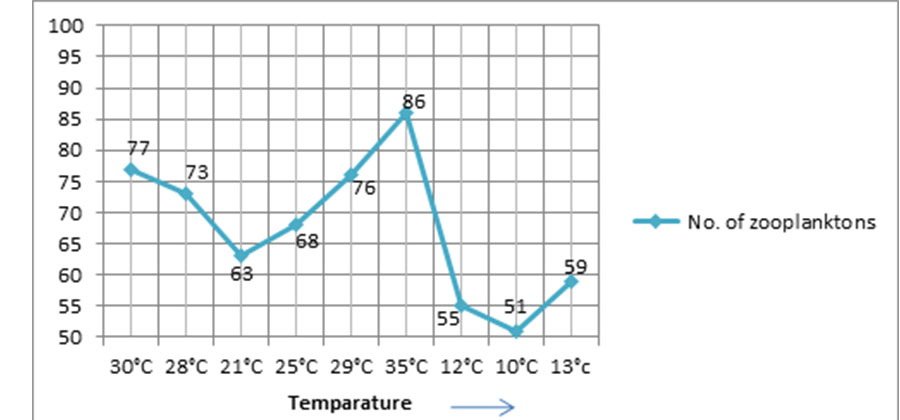


Indian Journal of Science and Technology
Year: 2020, Volume: 13, Issue: 20, Pages: 1991-1997
Original Article
Avijit Mukherjee1∗
1 Department of Zoology, Netaji Mahavidyalaya, Arambagh, West Bengal, India. Tel.: +91- 9434313601
∗Corresponding author:
Avijit Mukherjee
Department of Zoology, Netaji Mahavidyalaya, Arambagh, West Bengal, India.
Tel.: +91-9434313601
Email: [email protected]
Received Date:09 May 2020, Accepted Date:23 May 2020, Published Date:18 June 2020
Background/Objective: Present study was carried out to identify zooplankton density at Baburpukur pond along with physicochemical properties. In India. Planktonic richness reflects the biodiversity stock. The present study assumes greater importance for biodiversity conservation/ pollution indicator and aquaculture of fish and prawns. Methods/Statistical analysis: Statistical analysis in this experiment was performed by Student's t-test. In this test, 0.05 probability, degree of freedom, critical t-value, and calculated t-values were recorded. Here zooplankton number along with physico-chemical parameters was recorded. From these t-values, significant seasonal variations were found in the respective water body. The zooplankton density and physiochemical parameters were recorded during the period of Jun 2018 to February 2020. Diversity of zooplankton has been counted using Sedgwick-Rafter counting chamber. Findings: Four different species of zooplankton were studied such as Daphnia, Cyclops, Cypris and Brachionus. Zooplankton community structure generally changes with temperature, pH of water, free CO2 level, dissolved O2. This study also reveals that zooplanktons have their own peak periods of density which is influenced by the above environmental conditions. Application: At present, this water reservoir is suitable for fish culturing. So several management practices are necessary to conserve this zooplankton density for proper healthy situation of water body. This study is also helpful in understanding the zooplankton diversity of Baburpukur Pond with proper maintaining of aquaculture.
Keywords: Zooplankton; biodiversity conservation; pollution indicator; aquaculture
© 2020 Mukherjee. This is an open access article distributed under the terms of the Creative Commons Attribution License, which permits unrestricted use, distribution, and reproduction in any medium, provided the original author and source are credited.
Published By Indian Society for Education and Environment (iSee)
Subscribe now for latest articles and news.